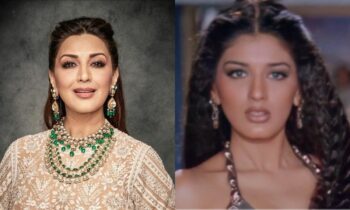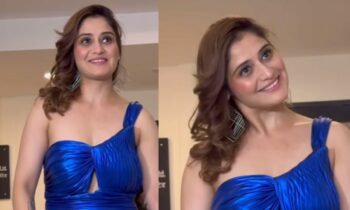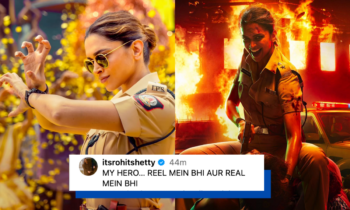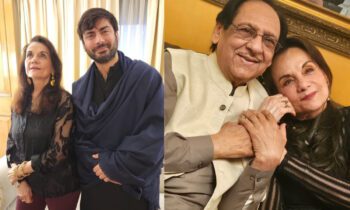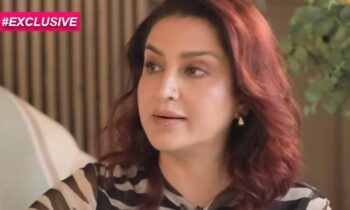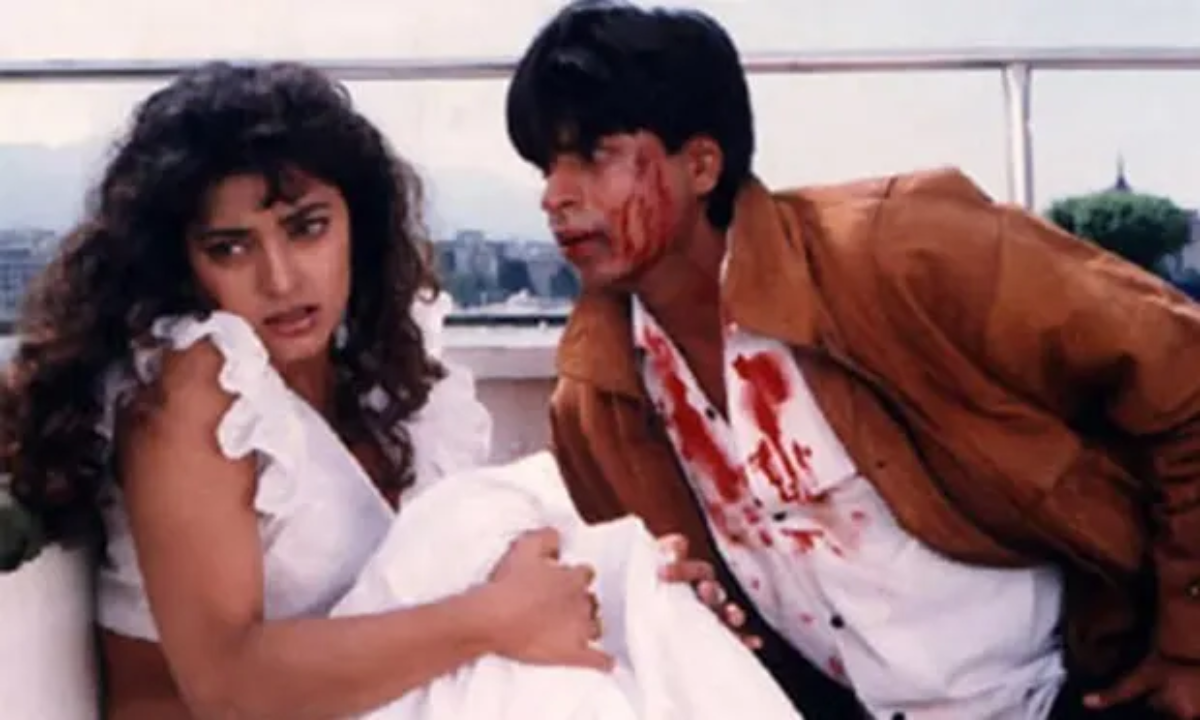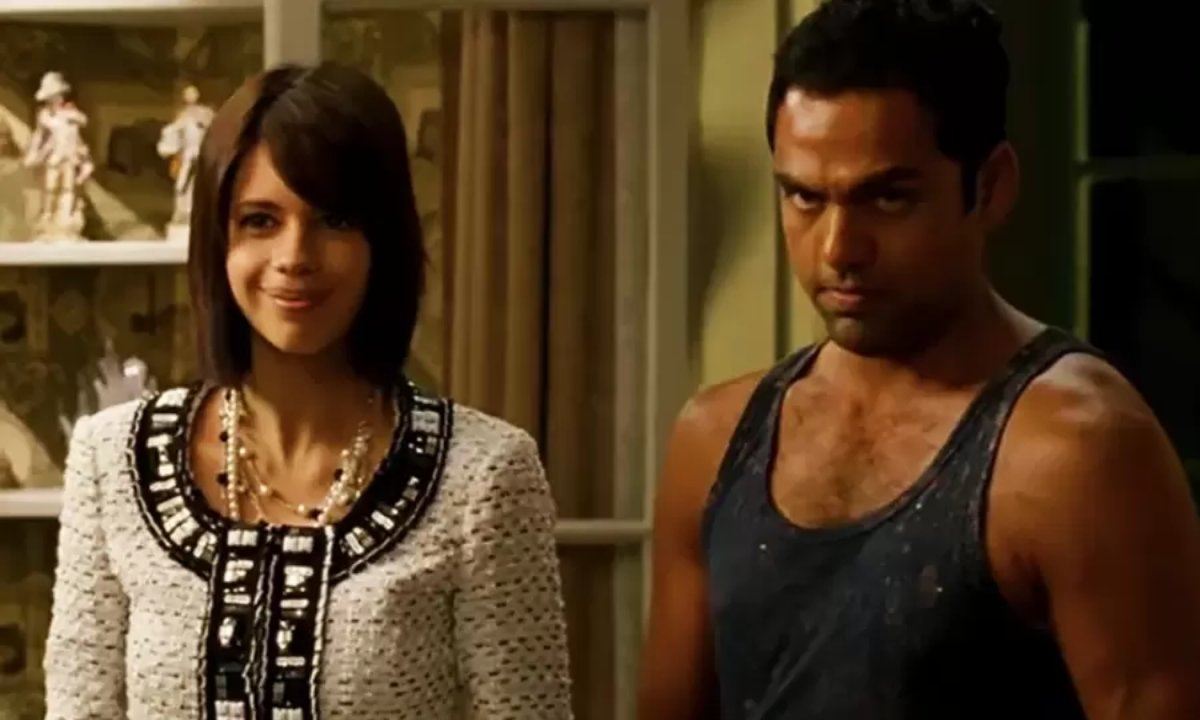Are Indian Fashion Bloggers The New Sartorial Influencers?

“A solo cover would be nice,” blogger Kayaan Contractor says, referring to the April issue of Grazia India, where she appears on the magazine’s digital cover, along with colleagues Shereen Sikka-Bharwani of Love And Other Bugs, and Santoshi Shetty of The StylEdge.
https://www.instagram.com/p/BSTMPqDjggJ/
The 31-year-old’s confidence is not in the slightest misplaced. Contractor’s Italian counterpart, and arguably the most recognised style blogger on the circuit, Chiara Ferragni has graced solo covers of legacy publications including Vogue Spain, Harper’s Bazaar Singapore, Grazia Italy, Tatler Russia, Cosmopolitan Turkey, Glamour Spain, and Elle Netherlands. And it’s not a one-time affair. In instances like Grazia, it equals 6 times.
https://www.instagram.com/p/BKsfnjZgf-Z/
In a Darwinist fashion world where only the buzziest survive and the rest perish, the freewheeling collective spirit of bloggers merits attention. Editors like Mehernaaz Dhondy of Grazia India are happily welcoming the click-bait influencers.
“We decided that the way our magazine was placed in the market – we cater to Gen Y – featuring 3 bloggers on the digital cover meant aligning with our tenet. More than bloggers, they are influencers, disruptors, and their position in fashion’s eco-system cannot be ignored,” she says.
Role They Play
In their initial years, blogs were more like fanzines, modestly operated and financed by fashion fans. They got paid in the currency of comments and shares, rather than brand-led contracts. A matter-of-fact frankness afforded them an edge over mainstream fashion publications. The brands were uninterested, but followers were intrigued.
The game changed in 2005.
Manolo’s Shoe Blog (not to be confused with Blahnik), run by an anonymous blogger, disclosed a 6-figure profit from brand-affiliated sales, surprising Internet users, brands, and the fashion community, in one clean sweep. Today, such announcements are commonplace. “There was a time when everyone wanted to be a stylist, now blogging is the new career aspiration,” feels Dhondy.
The influencing power of this community lies in quality engagement with consumers, rather than spilling quantity. They inspire conversations and are reliable because they are just like one of us.
“It was not about numbers [Kayaan has less than 100K followers], but rather about engagement. We took a couple of months to zero down on the 3 names, and chose them based on their individual conviction and aesthetic,” adds Dhondy.
Designer Narendra Kumar feels the internet has changed the way we see, talk, buy, and discuss fashion. It’s a whole new world. His opinion matters because he is a sort of fashion sage. He edited Elle way back in 1996, has taught design at NIFT (National Institute of Fashion Design), and presently juggles dual roles – as creative director of Amazon India, and the head of a round-the-clock design company.
“The role of bloggers is to interpret fashion for their peers, and build expectations within the bandwidth of a price range. Yes, it is led by personal preferences, but that’s the democracy that the internet affords you,” he says.
https://www.instagram.com/p/BR3VN9PgKIq/
Business Of Blogging
The David-and-Goliath-like dynamics of this power hierarchy is wearing thin, as bloggers are rivalling traditional glossies for sacrosanct front-row status at the biannual editions of Amazon India Fashion Week.
In fact, when Amazon came onboard as title sponsor of the event in 2015, the first order of business was to allot dedicated front-row seats to a lucky few.
“Why not? Blogger interest has increased with every season; they are also an important part of the Indian fashionscape. It is old-world thinking that the front-row is exclusively for fashion editors. Magazines claim their circulation in the range of 50K to a lakh, but it’s public knowledge that most numbers don’t exceed 20K. In comparison, blogs work on a format of unique users, and brag a far wider range and reach,” Kumar says, calling out the mafia-ish arrogance of the industry.
Incidentally, Narendra Kumar handed the Best Blogger Award to The Styledge’s Santoshi Shetty at the debut of Palladium Spotlight Bloggers Awards held on February 25.
“People who put fresh fashion in the limelight deserve to be commended. It’s time we recognise the industry’s best fashion content creators in the digital realm,” says Rajendra Kalkar, President (West), The Phoenix Mills Ltd, organisers of the event. The event received 700 blogger entries, and categories covered themes such as Breakthrough Fashion Blog, Best Fashion YouTuber, Best Hair & Makeup Blog, Best Fashion Instagram, etc.
https://www.instagram.com/p/BS5P_cEgkvN/
Despite appointing millennials’ beloved Bollywood stars, Alia Bhatt (Insta stat: 14.8 million) and Athiya Shetty (Insta stat: 1.4 million) as brand ambassadors, Maybelline New York regularly collaborates with bloggers via product placements, reviews, and events.
The beauty giant signed on Shereen Sikka-Bharwani of LAOB to attend New York Fashion Week in September last year, where the blogger ran a visual diary, each underlined by a mention of the brand, of course. This year, she’s just returned from the Coachella Music Festival in California as part of the brand’s It Girls partnership with bloggers from around the world.
Fashion’s Least Favourite Word: Blogger
The term blogger (the noun) has morphed into fashion’s dismissive proverb for riff-raff chasing quick internet stardom. Search ‘fashion blogs India’ on Google, and you’ll be greeted by approximately 12 million hits. The mind-boggling figure has a lot to do with blogging allowing self-publication by the ordinary denizen.
“I’d say it is a misused term. I have apprehensions about being called a ‘blogger’. I’d prefer ‘influencer’,” suggests Contractor.
The willowy Mumbaikar has a degree in Creative Design & Menswear from Canada, and started her styling career with the 2009 film Rocket Singh Salesman Of The Year, assisting costume designer Niharika Bhasin.
“My brush with Bollywood was a beautiful mess. I mean, I didn’t enjoy it one bit yet had a blast. Does that make sense?”
Her trajectory from curious bystander to India’s leading digital entrepreneur is a classic example of the new path to fashion superstardom. She definitely didn’t anticipate that a chance meeting with Sikka-Bharwani, who lived across the road from her at Lokhandwala, would change her career.
“I remember Shereen saying, ‘Dude, I like your shoes’. It was the icebreaker (laughs). Since then, we’ve been friends.”
Together, they launched LAOB in 2013 at the behest of Sikka-Bharwani’s then boyfriend-now husband Siddharth Bharwani. Initially, the site hosted moodboards, something on the lines of Pinterest, picturing the duo’s fashion picks.
In a span of half a decade, the blog has morphed into a fashion and lifestyle website, with a strapping roster of 50-plus fashion collaborations. Its success was a combination of first-mover advantage (the field was relatively unsaturated then), and playing smart with familiar requisites – impress the right gatekeepers, affiliate and market the right brands, work side-by-side within the industry — basically trail the old media habits.
But just when the website established commercial momentum, Contractor decided to move out, and fly solo with Shapeshifter last year. “It was getting too commercial,” she says candidly, “The scale of doing purely fashion-driven content kept tipping, and we were weighed down by demands of commerce. I had a discussion with Shereen, and we parted amicably.”
Contractor has big plans for Shapeshifter, her new identity and website, starting with curating, rather than appearing, in every frame, telling stories via a mix of interviews, fashion collaborations, and building an e-tailer model.
Content Versus Commerce
“The professionalisation of blogging has been something I’m happy about… people are able to turn their hobby into a job,” Susanna Lau of Style Bubble told Refinery29, when asked if commercialisation is inevitable.
Lau launched her blog in 2006, and soon joined the ranks of being a respected blogger, with A-list followers such as designer Christopher Kane. Chanel invited the London-based blogger on an all-expense paid trip to Paris to promote its latest ad campaign in 2007.
But how do you differentiate content when 90% is paid for? After a brief hesitancy, Contractor agrees it’s a struggle. “It comes with the territory. How else will you make ends meet?”
https://www.instagram.com/p/BLF-UoWBJER/
Making a strong case for bloggers, Kumar is quick to draw parallels between fashion magazines and blogs. “Paid content has been part of a magazine’s DNA for years. So why not pay bloggers? As long as the voice stays true.”
Otherwise known for voluble candour, he refrains from commenting on the quality of content (sponsored or not) offered by Indian blogs.
But as the momentum builds, he says, those who stay ahead of the trend stand to subsist and, eventually, define the space, while others asserting pseudo authority on account of outfit selfies and minute-by-minute personal commentary stand to loose credibility, and eventually, followers.
For the moment, the spotlight stays on people power.






